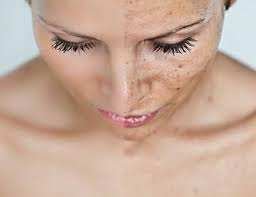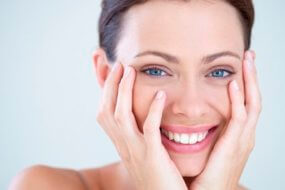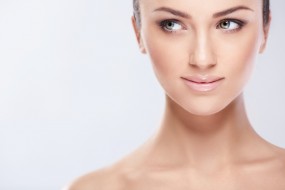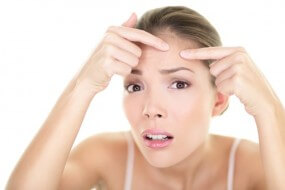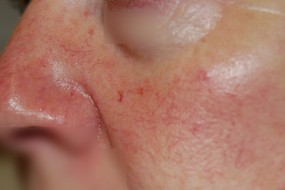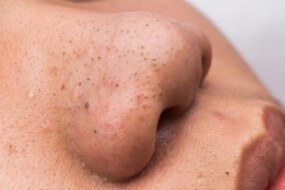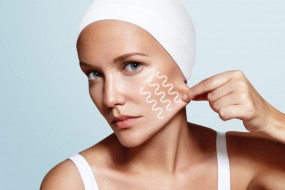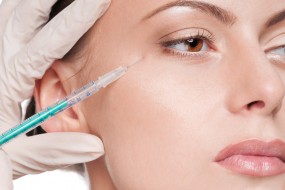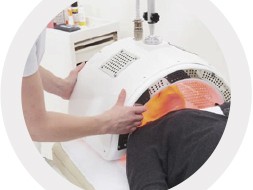Dark spots and uneven skin tone starting to bother you? Let’s look at why issues with pigmentation are so common and if there is anything we can do to treat or prevent.
Pigmentation or colour is an important part of a healthy skin and provides us with some natural protection against sun damage from UV light. In general it is only when this colour doesn’t produce as evenly as it used to that we start to feel a little less youthful and seek advice.
Why does this happen?
We need to look at the basal layer of the skin where cells called melanocytes spend their days. These cells are pigment producing cells that form little packets of our pigment, melanin. This melanin is then transported to the surface of your skin. The cycle of pigment formation by these cells is called melanogenesis and is continually working to protect your skin. This process goes into total overdrive however if the skin believes it is under attack. This is essentially how we get a tan. Triggers of this process start with the obvious ones like sunbathing or lying on a sun bed but melanogenesis can also be triggered by trauma to the skin such as acne, surgery, treatments that generate heat and many medications. If the skin is triggered constantly to defend itself it can cause long term damage to our melanocyte cells. A damaged melanocyte might choose to go asleep when it’s damaged (ie not produce in the way it should) or can go into complete overdrive producing loads of excess pigmentation. This is how we end up with uneven skin tone. This is very common in ageing skins and is generally due to chronic sun damage.
Uneven skin tone may not initially be obvious but over time leads to dark spots and clusters of pigmentation which many want to erase. Subtle changes in skin colour often begin to happen in our twenties.
What can we do?
Pigmentation is one of the harder things to treat on the skin so prevention is always better than cure. If you are reading this and don’t already have issues with pigmentation – stick to these tips daily.
- Use a sunscreen every day – rain, hail or shine!
- No SPF protects your skin 100% from UV rays so always apply a serum underneath. This will act as a second barrier of protection for your skin. Choose an anti-oxidant product containing ingredients such as vitamin c, a, resveratrol or rumex.
- Never use sun beds and avoid over exposure to the sun. A tan is always skin damage.
It’s too late the damage is done. What can I do?
Always start with a homecare programme. In order to treat pigmentation effectively you are going to need a full programme. Sadly a stand-alone product is not going to do the job.
To get effective results your skincare programme should ideally contain
- Sunscreen
- Antioxidant serum
- Lightening product –look out for serums containing daisy flower, kojic acid or arbutin. If severe pigmentation it could contain hydroquinone which is prescribed by a doctor.
- Retinol or Retin A – This multifunctional ingredient will do so many things for your skin but for pigmentation it helps to scale off the damage and balance production of pigment at a deeper level.
My advice is always to start with homecare, try this alone for six weeks and if needed add professional treatments. Home care will always make treatments more effective by preparing your skin but it also allows time to judge whether professional treatment is actually necessary.
Peels or laser would be the most common choices for clinical treatment of pigmentation. For best results always seek advice from a professional for the best choice of treatment for your skin.


